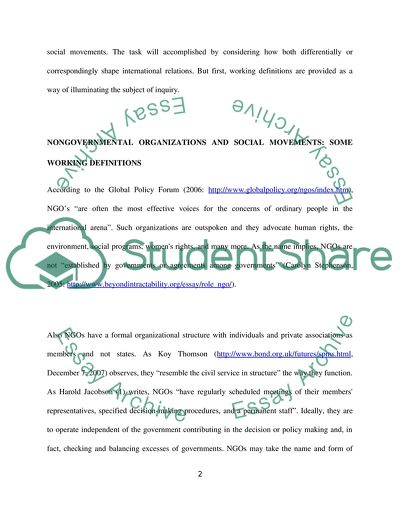Cite this document
(The Similarities and/or Differences between NGOs and Social Movements Coursework, n.d.)
The Similarities and/or Differences between NGOs and Social Movements Coursework. https://studentshare.org/politics/1710112-discuss-the-similarities-andor-differences-between-ngos-and-social-movements-do-these-different-types-of-social-organisations-play-different-roles-in-the-int
The Similarities and/or Differences between NGOs and Social Movements Coursework. https://studentshare.org/politics/1710112-discuss-the-similarities-andor-differences-between-ngos-and-social-movements-do-these-different-types-of-social-organisations-play-different-roles-in-the-int
(The Similarities and/Or Differences Between NGOs and Social Movements Coursework)
The Similarities and/Or Differences Between NGOs and Social Movements Coursework. https://studentshare.org/politics/1710112-discuss-the-similarities-andor-differences-between-ngos-and-social-movements-do-these-different-types-of-social-organisations-play-different-roles-in-the-int.
The Similarities and/Or Differences Between NGOs and Social Movements Coursework. https://studentshare.org/politics/1710112-discuss-the-similarities-andor-differences-between-ngos-and-social-movements-do-these-different-types-of-social-organisations-play-different-roles-in-the-int.
“The Similarities and/Or Differences Between NGOs and Social Movements Coursework”. https://studentshare.org/politics/1710112-discuss-the-similarities-andor-differences-between-ngos-and-social-movements-do-these-different-types-of-social-organisations-play-different-roles-in-the-int.


